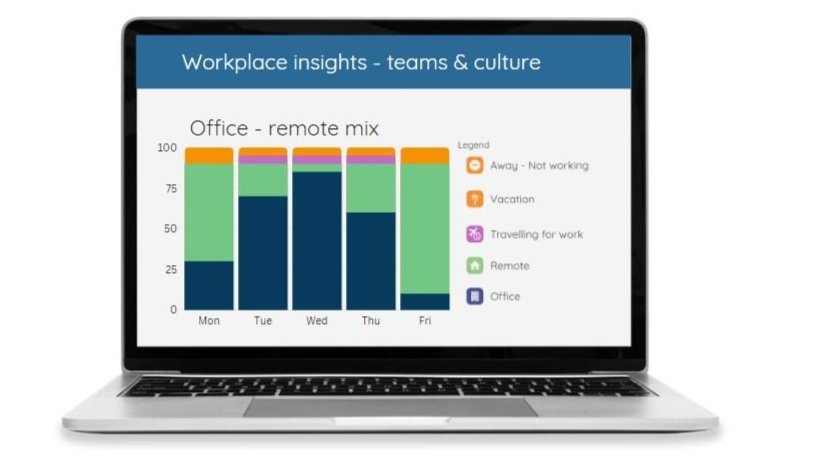
Hybrid work policy driven by teams and employees
What makes a good hybrid work policy?
We all work differently as individuals and teams. This is why company-wide generic, strict rules about how to implement hybrid work rarely work. What does work is finding out what best practices are within the organisation and sharing them across teams as a starting point for team-specific ground rules and policies.
Automatically synchronized office visits with week plans
Lower the barrier to visit the office by sharing between colleagues plans when each is going to visit the office. Instead of going for just fixed day policy, you might want to see how teams self-organise if given the chance.
Data-driven hybrid working policy
By analysing the hybrid working “footprints” of each team you can understand how hybrid work is implemented currently in your organisation. It also allows you to better understand how much real estate each team and work profile needs currently and in the future.







